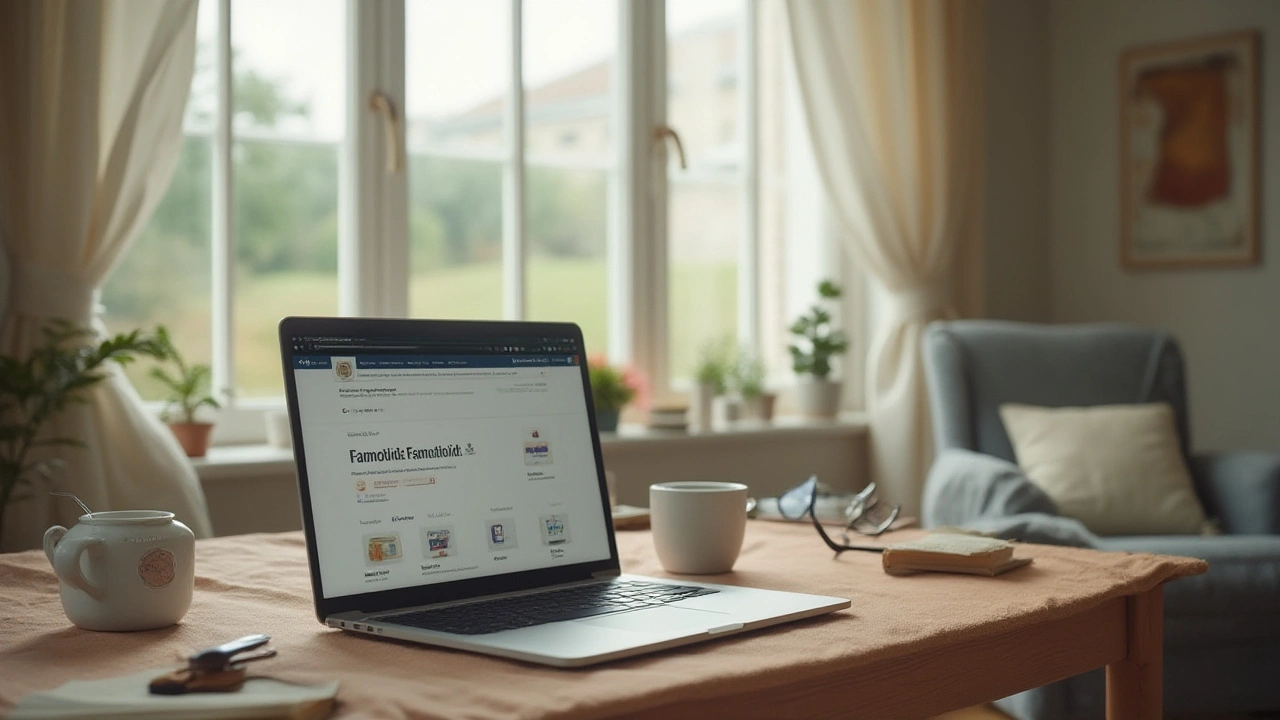Thinking of buying Famotidine online? Learn where to get it safely, what to watch out for, and how to spot trustworthy online pharmacies in the UK.
Famotidine purchase UK — how to buy safely and legally
Want famotidine for heartburn or reflux but not sure where to buy it in the UK? Start by knowing the safe routes: registered pharmacies, a GP or an online clinic. That keeps you legal and reduces the risk of fake or poor-quality meds.
Where you can get famotidine
High street pharmacies and your GP surgery are the most reliable places. If your doctor thinks it’s right for you they can prescribe it or advise alternatives. Many NHS pharmacies and community pharmacists will also give advice and suggest over-the-counter options if appropriate.
Online pharmacies can be convenient, but only use ones that show clear UK registration. Look for a General Pharmaceutical Council (GPhC) number and full contact details. Good sites will ask for a short medical questionnaire or a prescription before they supply prescription-strength medicines.
A quick note: famotidine is known by brand names in some countries (for example, Pepcid). Strengths you’ll commonly see are 10 mg, 20 mg and 40 mg tablets. If you’re buying from abroad, expect extra checks at customs and a higher chance of delivery delays or seized parcels.
Practical tips for buying online
Check the pharmacy’s registration first. If you can’t find a GPhC number or a registered UK business address, walk away. Read reviews but don’t rely only on them — fake sites can post fake reviews.
Watch the price. Extremely low prices or big bulk discounts for a prescription-only drug are red flags. A legit pharmacy will also show clear labelling, batch numbers, expiry dates and a pharmacist contact for questions.
Make sure the site uses secure payment (look for HTTPS and a padlock). Avoid sellers that offer to supply large amounts without any medical questions or that promise no-prescription delivery for prescription meds.
If you use an online clinic, read their policy on follow-up care and refunds. A trustworthy service will offer an easy way to contact a pharmacist or prescriber if you have side effects or questions.
Finally, keep records of what you ordered — invoice, product photos and delivery tracking. If something looks wrong (different pill shape, odd packaging, missing batch number), stop taking it and contact the pharmacy or your GP.
Need a fast alternative? Over-the-counter options like low-dose proton pump inhibitors (omeprazole) or antacids might help short-term, but talk with a pharmacist to pick the right one for your symptoms.
Want help checking a specific online store or need a quick checklist to spot dodgy sellers? Ask and I’ll walk you through it step by step.

